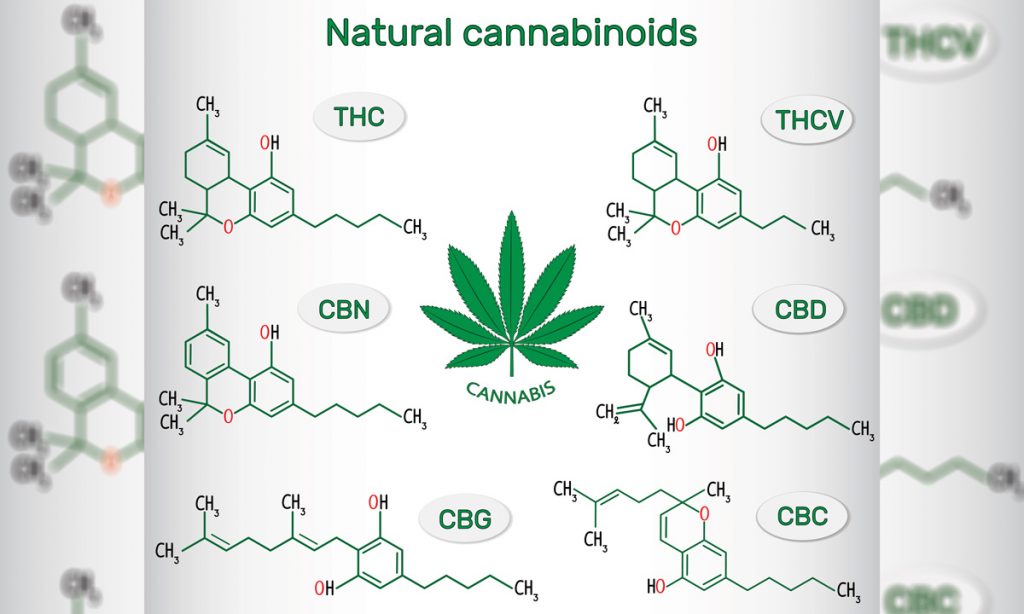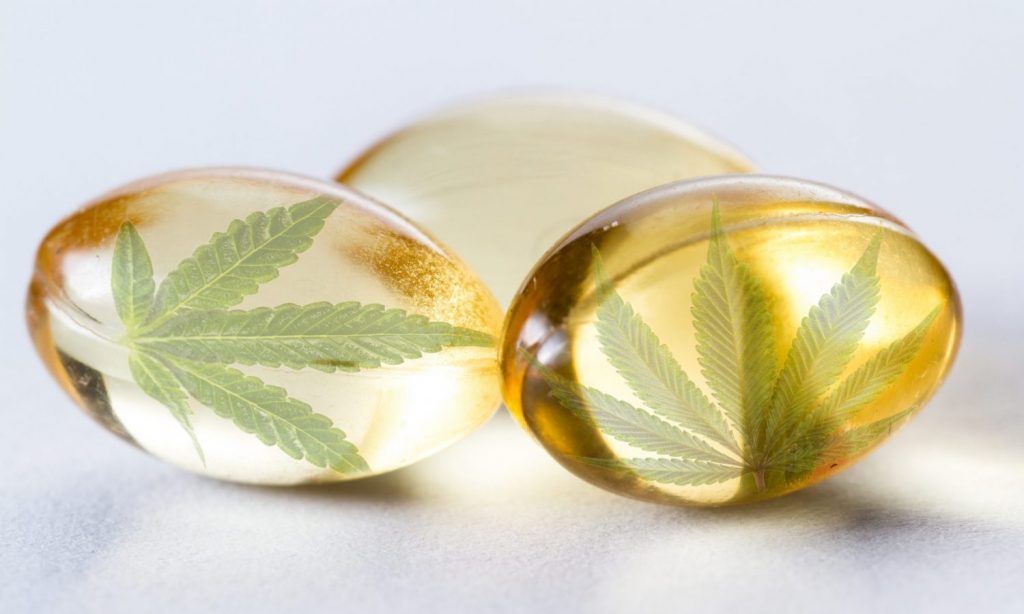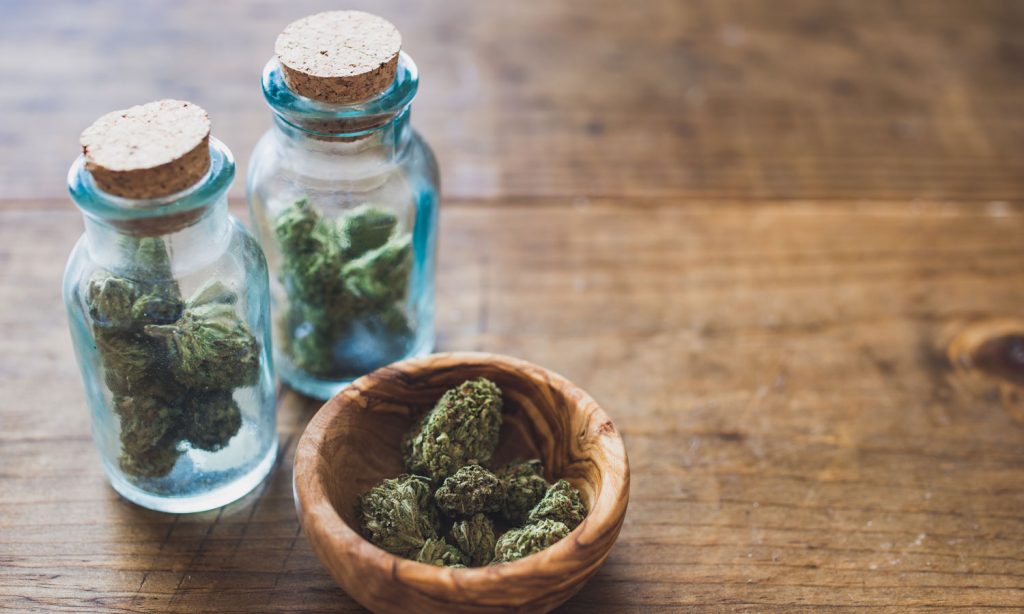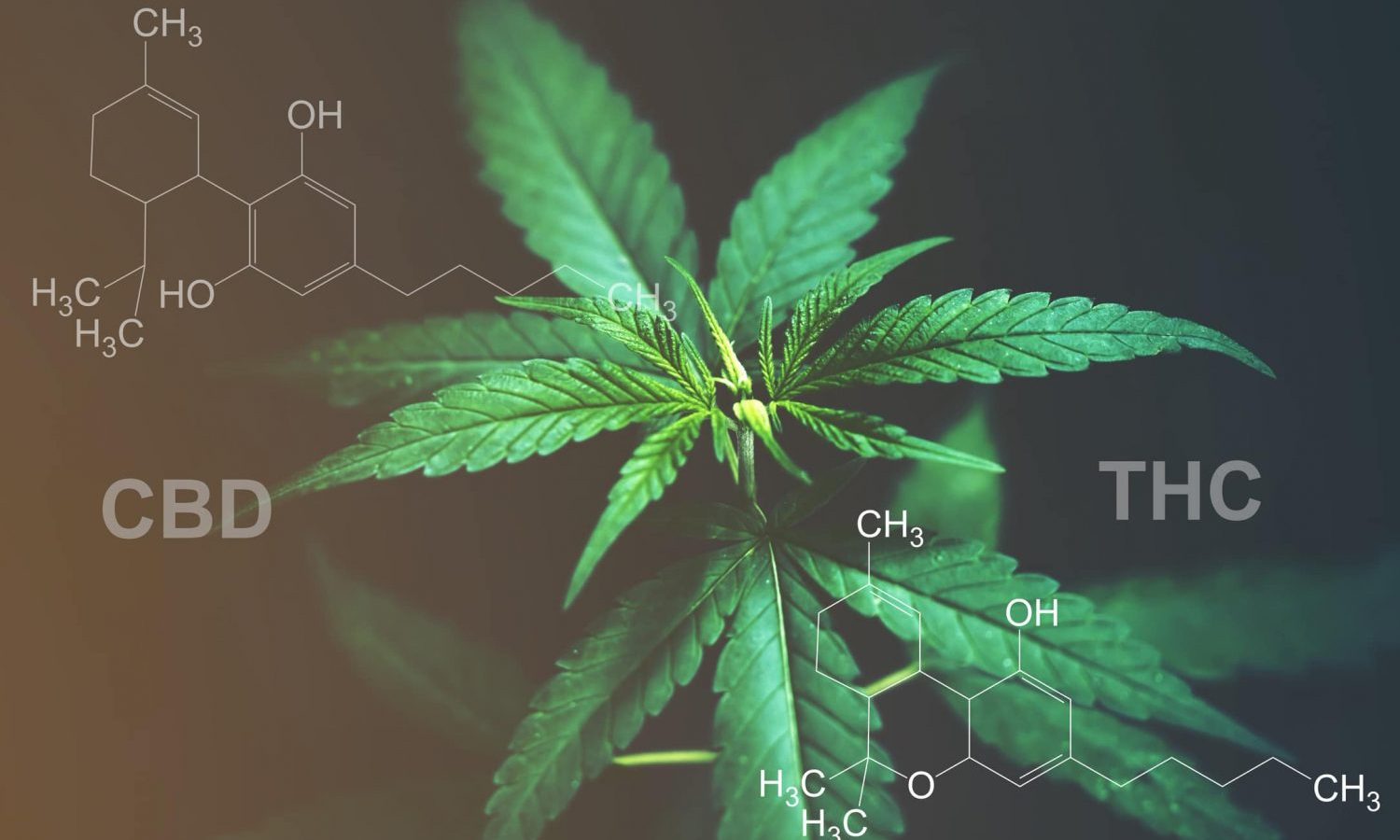A few years back, the knowledge of these “minor” cannabinoids were only coming to light. Today there’s a lot more in-depth information about each one mentioned here.
How well do you know your cannabinoids? Most people are familiar with the two main cannabinoids: THC and CBD. However, cannabis is a complex plant with complex chemistry. As we continue to research these compounds, we begin to uncover the very nature of the experience we obtain from ingesting the plant. What are the major and minor cannabinoids, and which do you need to know?
In this article, we’ll be taking a “look under the hood” to see what these cannabinoids are all about. In the near future, the classifications of “sativa” and “indica” will begin to lose importance when selecting your perfect strain. It’s smart to begin to educate yourself in the subtleties that is cannabis.
This article was inspired by an LA Times article where they eloquently broke down the cannabinoids using pop culture to help drive the point across.

THC
We will start with THC mainly because it’s one of the most known cannabinoids on the market. It’s what everybody is either trying to limit, or to get more of. THC is responsible for your “high” and comes in different forms. We’ve got delta-9-THC, which is what you get when you vape or smoke the plant. Then you’ve got 11-Hydroxy-THC, what happens when the liver processes it.
These days delta-8-THC and delta-10-THC have also grown in popularity namely because it’s currently not illegal according to the Controlled Substance Act and can be derived from Hemp.
CBD
The second famous cannabinoid is CBD (cannabidiol). People call it the “medical cannabinoid” because it does not get you high and seemingly helps for plenty of ailments. It’s also one of the few cannabinoids that has an FDA-approved medicine on the market.
CBD is a nuero-controller, it helps with anxiety, stress, seizure disorders and is widely available virtually everywhere. This is also legal on a federal level.
RELATED: These Are The Next Big Cannabinoids To Go Mainstream

CBG
CBG (cannabigerol) can become CBD or THC depending on what happens to it. It’s sometimes referred to as a “Mother Cannabinoid” for this very reason.
RELATED: How Cannabigerol Can Help In The Fight Against Antibiotic Resistant Bacteria And Viruses
It’s also got similar effects than CBD which is a benefit for people thinking about using it to combat things like cancer, IBS, and so forth.
CBN
CBN (cannabinol) is a cannabinoid that appears over time as the cannabinoids degrade due to oxidation. If you leave your stash out, CBN will begin to grow in prevalence. Smoke this CBN weed and you’ve got a powerful sleep aid. It’s also got anti-bacterial properties.
RELATED: This Cannabinoid Is Thought To Have The Most Significant Sleep-Inducing Qualities

CBC
Next we’re talking about cannabichromene, which is really not very popular and kind of illusive in the modern market. It’s reported to be similar in effect to that of THC and CBD, except with not such a heavy “narcotic feeling” as with THC alone. It helps with reducing inflammation and blocking pain.
THCv
THCv or tetrahydrocannabivarin is a cannabinoid that will get you high without giving you the munchies. Researchers have known about this cannabinoid since the 1970s.
RELATED: THCV: Powerful Appetite-Suppressing Cannabinoid
This is still not as popular as THC, however, with the effect of appetite suppression we can expect this to make its way into the “weight loss industry”.
THCa
All the cannabinoids start off in their acidic form. THCa is essentially THC in its acidic form, meaning it’s still not psychoactive.
Recently, chemist Dr. Mechoulam, known for discovering THC, has been uncovering great results with THCa. This is because in its acidic form, the bioavailability of THC increases a thousand fold.
This means greater potential for pain relief and neurodegenerative relief. While THC is in its acidic form, it also doesn’t have any psychoactive properties. The major downside is that it’s not a very stable cannabinoid but this could soon be circumvented with “biological cannabinoid factories”.

Delta-8-THC
Delta-8 is currently in this state of limbo. It gets you high sort of like regular Delta-9, except it’s not listed on the Controlled substance Act. This means that federally speaking – it’s a legal high!
More importantly, Delta-8 can be derived from hemp, making it especially a difficult to regulate lest you tap into the potential of hemp.
RELATED: How Did Delta-8 THC Become Legal All Across America?
It stands to reason that sooner or later legislators will sink their fangs into this substance and make it illegal once more. But for now, it’s one of the few legal cannabinoids that gets you high.
More to come…
The more we research this phenomenal plant, the more we uncover! A few years back, the knowledge of these minor cannabinoids were only coming to light. Today there’s a lot more in-depth information about each one mentioned here.
What we have presented to you here today is only the tip of the proverbial iceberg. As we continue to open this box of knowledge, and as our understanding of cannabinoids, terpenoids and flavonoids expand, our means of classifying cannabis will also undergo this type of transformation.
Soon we’ll be asking for specific ratios of certain cannabinoids to achieve particular “highs” or medical treatments. Not to mention the specific cannabis-based medicines that will be cooked up in pharma labs all around the world.
We’re about to enter into a new era of cannabis exploration. We’ll need to see how the rest of the year plays out, but I can see that we’re already undergoing a massive shift.
In the meanwhile, it’s important to begin to understand these minor differences in order to become a more conscious consumer.
This article originally appeared on Cannabis.net and has been reposted with permission.


